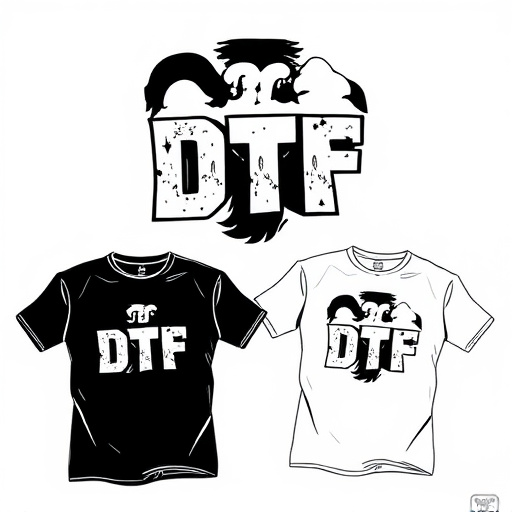DTF Print Sheets, made of durable polyester/cotton blends, require careful handling and storage for longevity. Use airtight containers, store in cool dry places away from sunlight, and employ desiccants for optimal humidity control. Protect sheets during shipping with bubble wrap, foam, or rigid envelopes/tubes, sealing them in large boxes marked with dimensions and destination. These practices ensure sheet quality for custom printing on tees, apparel, etc.
Learn how to properly package and store your DTF print sheets to ensure optimal longevity and prevent damage. This comprehensive guide delves into understanding the unique materials and care requirements of DTF print sheets, explores effective storage solutions tailored for long-term preservation, and details secure packaging techniques to safeguard against potential harm. Maximize the life of your valuable DTF print sheets with these essential practices.
- Understanding DTF Print Sheets: Materials and Care
- Optimal Storage Solutions for Longevity
- Secure Packaging Techniques to Prevent Damage
Understanding DTF Print Sheets: Materials and Care

DTF Print Sheets, or Direct to Fabric (DTF) transfers, are a revolutionary way to bring designs from digital files onto various fabrics. These sheets are made with high-quality materials designed to withstand the heat and pressure of the transfer process. Understanding the composition of DTF Print Sheets is crucial for proper care and storage.
The primary materials used in DTF transfers include polyester or cotton-polyester blends, ensuring a durable and comfortable fabric base. Each sheet is coated with a light layer of release agent, allowing for easy removal from the backing paper after printing. It’s essential to handle these sheets with care, avoiding direct contact with heat sources and sharp objects that could damage the delicate surface. Proper storage involves keeping them in a cool, dry place, away from sunlight, to maintain their integrity and extend their lifespan.
Optimal Storage Solutions for Longevity

To ensure the longevity of your DTF print sheets, it’s crucial to invest in optimal storage solutions. One effective approach is to use airtight, moisture-proof containers designed specifically for storing sensitive materials. These containers should be stored in a cool, dry place, away from direct sunlight and heat sources, as these elements can accelerate degradation. Additionally, consider using desiccants or humidity absorbers within the containers to maintain a consistent, low humidity environment, which is particularly important for DTF transfers intended for light fabrics.
Another key aspect of optimal storage is proper labeling and organization. Clearly mark each container with its contents and date of storage. This practice not only helps in quick identification but also keeps track of the age of your print sheets, allowing you to rotate stocks and use them within their recommended timeframe. By implementing these storage practices, you can significantly extend the lifespan of your DTF printer supplies, ensuring consistent quality for your dtf printing projects.
Secure Packaging Techniques to Prevent Damage

When packaging DTF print sheets, the primary goal is to ensure they arrive at their destination in pristine condition. The most effective secure packaging techniques involve using protective materials like bubble wrap, foam padding, or specialized paper for cushioning. These materials absorb shocks and prevent the sheets from bending or tearing during transit. Additionally, placing each sheet in a rigid envelope or tube ensures they maintain their shape and flatness, minimizing the risk of creases or folds that could impact print quality.
For optimal protection, consider using shipping boxes designed to accommodate large formats. These boxes should be closed tightly with tape to avoid any movement inside, which can cause damage. Furthermore, marking the box clearly with dimensions and destination information is essential for efficient handling during transportation. This meticulous approach ensures that DTF print sheets, whether used for custom graphic tees, apparel, or other applications, arrive safely and ready for use.
Proper packaging and storage are essential to maintaining the quality of your DTF print sheets. By understanding the unique properties of these materials, implementing optimal storage solutions, and utilizing secure packaging techniques, you can ensure their longevity and protect them from potential damage. Following these guidelines will help preserve the vibrancy and precision of your DTF Print Sheets, ensuring they remain in top condition for future use.














